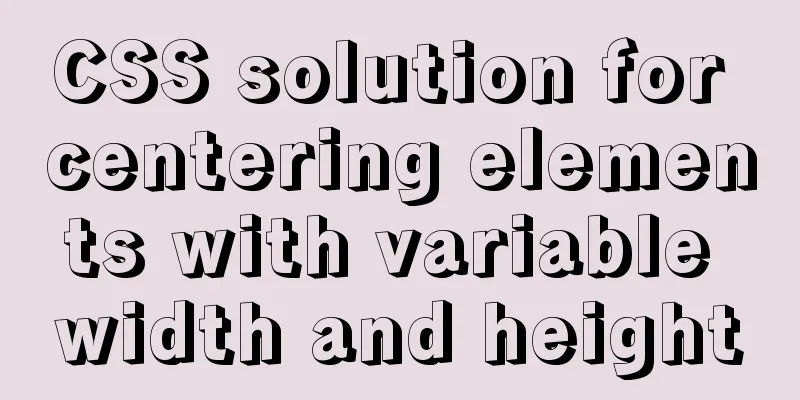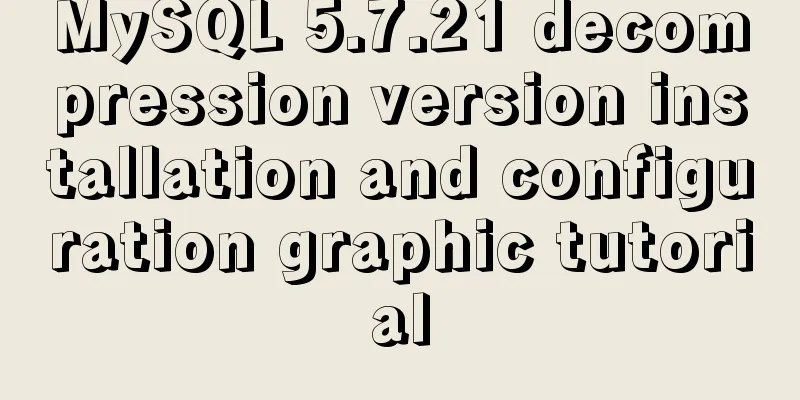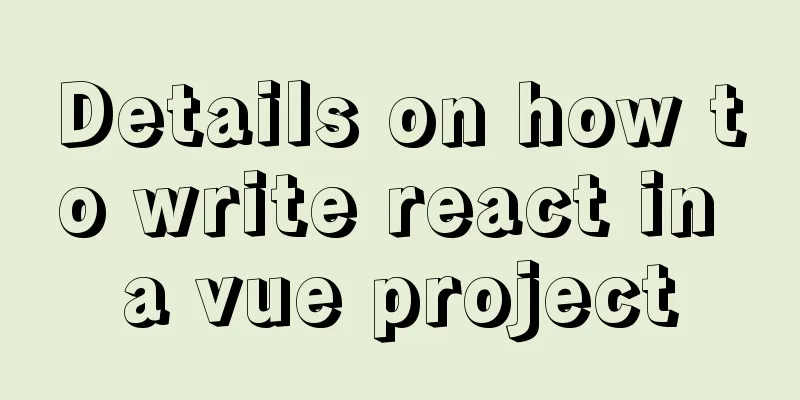CSS solution for centering elements with variable width and height

|
1. Horizontal center
Public code: html:
<div class="parent">
parent
<br>
<div class="child">
child
</div>
</div>css:
html, body {
margin: 0;
width: 100%;
height: 100%;
.parent {
width: 100%;
height: 100%;
background: #fac3fa;
.child {
width: 50%;
height: 50%;
background: #fe9d38;
}
}
}Solution 1: text-align (parent) + inline-block (child) Code:
.parent {
text-align: center;
.child {
display: inline-block;
}
}Solution 2: Block-level elements + margin: 0 auto;
.child {
display: block; // Set margin: 0 auto for non-block-level elements;
}Solution 3: absolute + transform
.parent {
position: absolute;
left: 50%;
transform: translateX(-50%);
}Option 4: flex Note: Due to the use of flex, parent and
.parent {
display: flex;
justify-content: center;
}2. Vertical centering
Public code:
<div class="parent">
<div class="child"></div>
</div>css:
html, body {
margin: 0;
width: 100%;
height: 100%;
}
.parent {
display: table-cell;
width: 800px;
height: 500px;
background: #fac3fa;
.child {
width: 50%;
height: 50%;
background: #fe9d38;
}
}Solution 1: table-cell (parent) + vertical-align (child)
.parent {
display: table-cell;
vertical-align: middle;
}Solution 2: absolute + transform
.parent {
position: relative;
.child {
position: absolute;
top: 50%;
transform: translateY(-50%);
}
}Option 3: flex
.parent {
display: flex;
align-items: center;
}3. Horizontal and vertical centering
Public code is the same as [vertical center] Common solution 1: absolute + transform
.parent {
position: relative;
.child {
position: absolute;
top: 50%;
left: 50%;
transform: translate(-50%, -50%);
}
}Common solution 2: flex
.parent {
display: flex;
align-items: center;
justify-content: center;
}The above is the full content of this article. I hope it will be helpful for everyone’s study. I also hope that everyone will support 123WORDPRESS.COM. |
<<: Detailed explanation of XML syntax
>>: Examples of using && and || operators in javascript
Recommend
Top 10 Js Image Processing Libraries
Table of contents introduce 1. Pica 2. Lena.js 3....
HTML Editing Basics (A Must-Read for Newbies)
Open DREAMWEAVER and create a new HTML. . Propert...
6 solutions to IDEA's inability to connect to the MySQL database
This article mainly introduces 6 solutions to the...
How to use LibreOffice to convert document formats under CentOS
Project requirements require some preprocessing o...
How to understand semantic HTML structure
I believe everyone knows HTML and CSS, knows the ...
Implementation of local migration of docker images
I've been learning Docker recently, and I oft...
Solution to the problem of incomplete display of select drop-down box content in HTML and partial coverage
Today, I encountered a problem: the content in the...
Summary of things to pay attention to in the footer of a web page
Lots of links You’ve no doubt seen a lot of sites ...
How to implement DIV's blur function
Use anti-shake to make DIV disappear when the mou...
Several methods of calling js in a are sorted out and recommended for use
We often use click events in the a tag: 1. a href=...
This article helps you understand PReact10.5.13 source code
Table of contents render.js part create-context.j...
Introduction to the usage of props in Vue
Preface: In Vue, props can be used to connect ori...
Two examples of using icons in Vue3
Table of contents 1. Use SVG 2. Use fontAwesome 3...
Detailed explanation of how to monitor MySQL statements
Quick Reading Why do we need to monitor SQL state...
Practice of implementing custom search bar and clearing search events in avue
Table of contents 1. Customize the search bar con...












